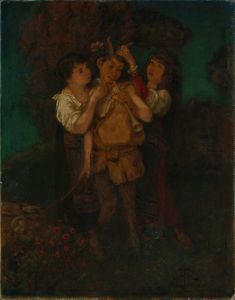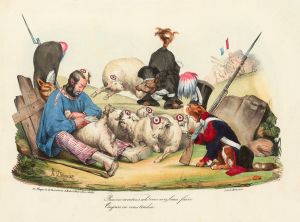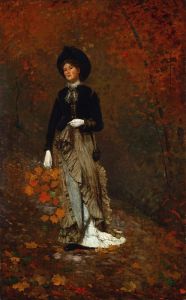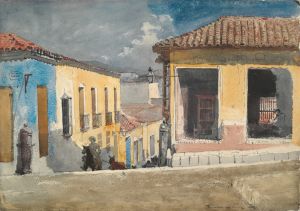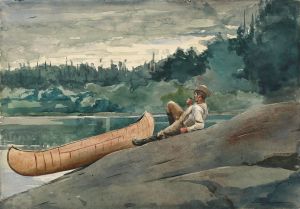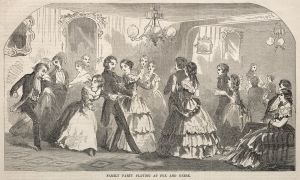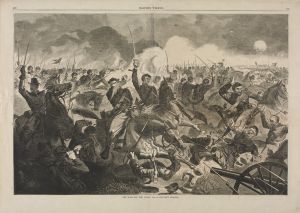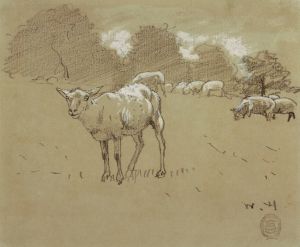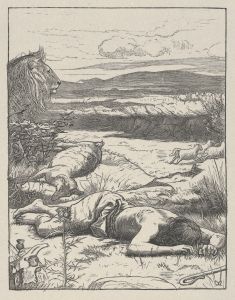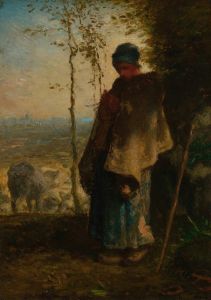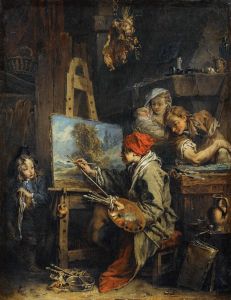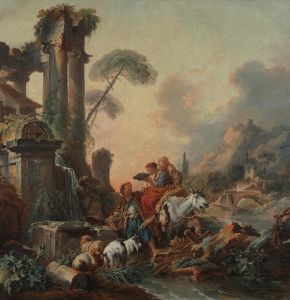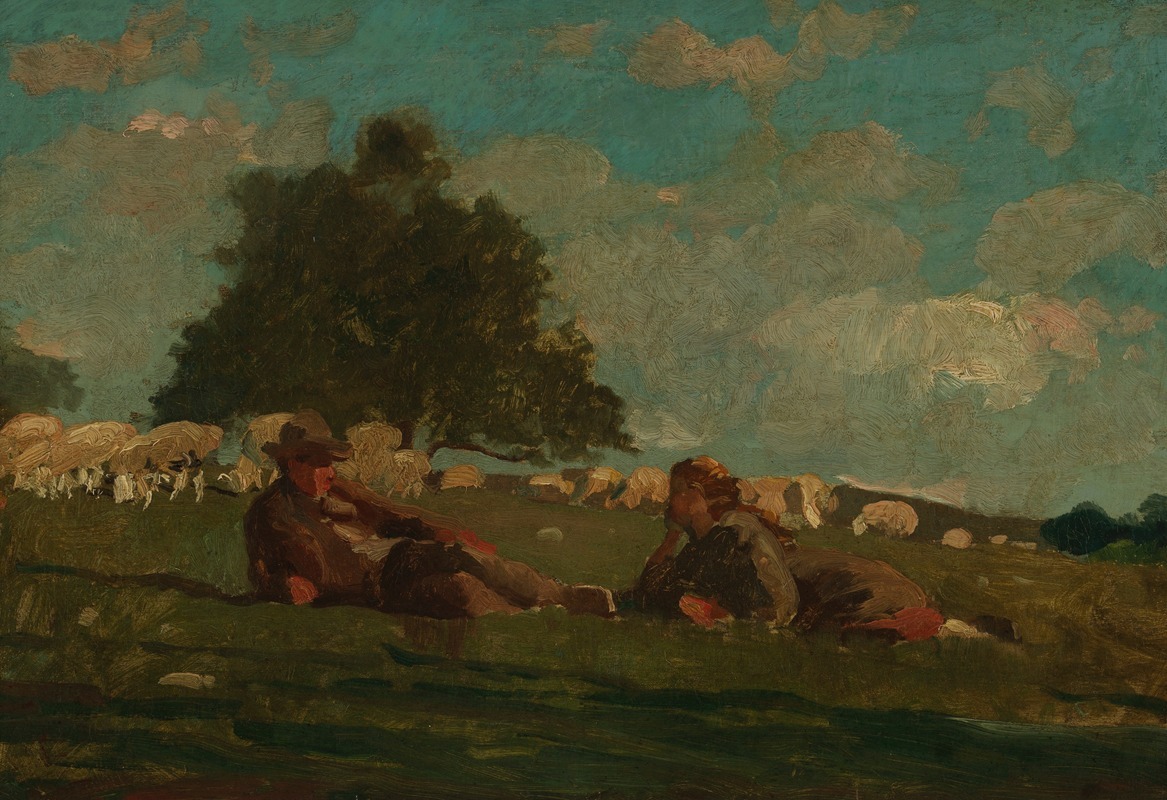
Boy and Girl in a Field with Sheep
A hand-painted replica of Winslow Homer’s masterpiece Boy and Girl in a Field with Sheep, meticulously crafted by professional artists to capture the true essence of the original. Each piece is created with museum-quality canvas and rare mineral pigments, carefully painted by experienced artists with delicate brushstrokes and rich, layered colors to perfectly recreate the texture of the original artwork. Unlike machine-printed reproductions, this hand-painted version brings the painting to life, infused with the artist’s emotions and skill in every stroke. Whether for personal collection or home decoration, it instantly elevates the artistic atmosphere of any space.
"Boy and Girl in a Field with Sheep" is a painting by the American artist Winslow Homer. Created in 1874, this work exemplifies Homer's transition from his earlier career as an illustrator to his later, more mature phase as a painter. The painting depicts a serene rural scene featuring a young boy and girl standing in a field with a flock of sheep.
Winslow Homer was born on February 24, 1836, in Boston, Massachusetts, and he is widely regarded as one of the foremost painters in 19th-century American art. He began his career as an apprentice to a lithographer and later worked as an illustrator for Harper's Weekly, where he gained recognition for his depictions of the American Civil War. After the war, Homer shifted his focus to painting, and his works from this period often reflect themes of rural life, nature, and the American landscape.
"Boy and Girl in a Field with Sheep" is characteristic of Homer's interest in rural subjects and his ability to capture the simplicity and tranquility of country life. The painting shows the two children standing in a sunlit field, with the boy holding a shepherd's crook and the girl standing beside him. The sheep are scattered around them, grazing peacefully. The composition is balanced and harmonious, with the figures and animals arranged in a way that draws the viewer's eye across the scene.
Homer's use of light and color in this painting is particularly noteworthy. The warm, golden tones of the sunlight create a sense of warmth and calm, while the soft, natural colors of the landscape and the children's clothing enhance the overall feeling of pastoral serenity. The artist's attention to detail is evident in the careful rendering of the sheep's wool and the textures of the grass and foliage.
This painting is also significant for its portrayal of childhood and the innocence associated with it. The children appear relaxed and at ease in their natural surroundings, suggesting a close connection to the land and a simpler way of life. This theme of innocence and the idyllic rural existence is a recurring motif in Homer's work, reflecting his own experiences and observations of life in the countryside.
"Boy and Girl in a Field with Sheep" is part of the collection at the Museum of Fine Arts in Boston, Massachusetts. It is one of many works by Homer that celebrate the beauty and tranquility of rural America, and it continues to be appreciated for its artistic merit and historical significance.
In summary, "Boy and Girl in a Field with Sheep" by Winslow Homer is a notable example of the artist's mid-career work, showcasing his skill in capturing the essence of rural life and the innocence of childhood. The painting remains an important piece within the broader context of American art history, reflecting the themes and techniques that have made Homer a celebrated figure in the art world.





